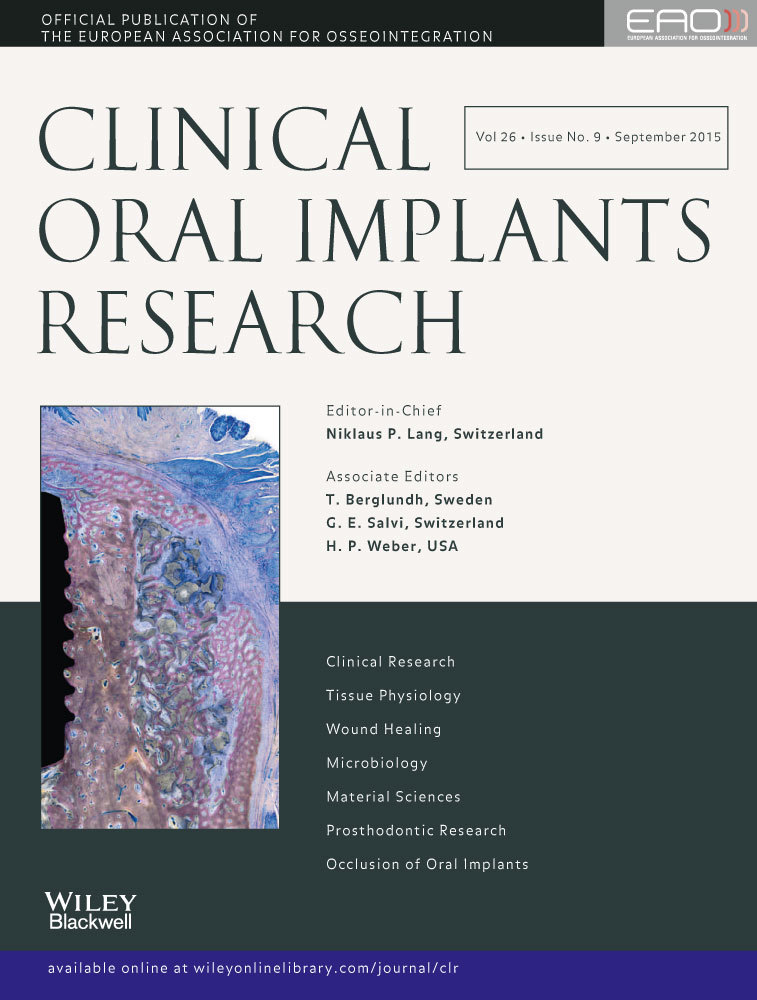Effects of impression levels and trays on the accuracy of impressions taken from angulated implants
Abstract
Background and purpose
It is crucial to keep the misfit of the abutment–fixture unit at the lowest possible rate. There are a few controversial studies on the accuracy of impression making of angulated implants, and much fewer (and controversial) studies on the abutment-level impression technique, which is a convenient and clinically favorable method. Besides, there are no studies on comparison of sectional vs. full-arch trays. We aimed to assess these.
Methods
A trapezoidal model with four angulated implants installed at 20° and 30° buccal tilts was fabricated. Forty impressions were taken from this model, with two groups of full-arch and sectional custom trays (n = 2 × 20), each divided into two subgroups of implant-level and abutment-level techniques (n = 2 × 2 × 10 in four subgroups). Absolute and non-absolute linear and angular impression errors were estimated by comparing the fabricated casts with the model, using a coordinate measuring machine. The effects of sectional/full-arch trays and abutment-level and fixture-level techniques on impression accuracies were analyzed using one- and two-way analyses of variance (ANOVA), Tukey, Mann–Whitney, and one-sample t-tests (α = 0.05, Mann–Whitney's α using the Bonferroni Bonferroni method).
Results
No significant differences between the absolute linear errors of the two trays (P = 0.100 [ANOVA]) and the two levels (P = 0.400 [ANOVA]) were observed. The assessment of absolute angular errors showed no significant differences (all P values ≥ 0.4 [ANOVA]). The difference between the linear errors in the full-arch vs. sectional trays was not significant in the fixture-level group (P = 0.290). However, in the abutment-level group, the linear error was significantly greater in the sectional tray compared to full-arch tray (P = 0.013, α = 0.025 [Mann–Whitney]).
Conclusions
Using sectional trays might not be advantageous over full-arch trays. Sectional trays are not recommended for taking abutment-level impressions. The abutment-level impression technique is as accurate as the studied fixture-level technique. Increasing the angle of implants’ divergence from 40° to 60° might not usually lead to a significant increase in the errors, particularly when using abutment-level impressions.




